Hachi-ue
Unusual photographic mission
We owe this wonderful photographic project to Charlotte Fauve, landscape engineer and journalist, author of the “Etonnants Jardins” program on Arte TV, as support for her speech about garden and urban nature at a conference, “Extensions du domaine du jardin”, that will be held in July in France.
Japanese gardening excellence
The subject may seem anodyne: flowers in containers, that the Japanese use to call “hachi-ue”. Every nation in the world has them. We are all familiar with this kind of gardening. The difference is that the Japanese people are taking this practice to the next level of subtlety and complexity, from an aesthetic, psychological, social and even spiritual perspective.
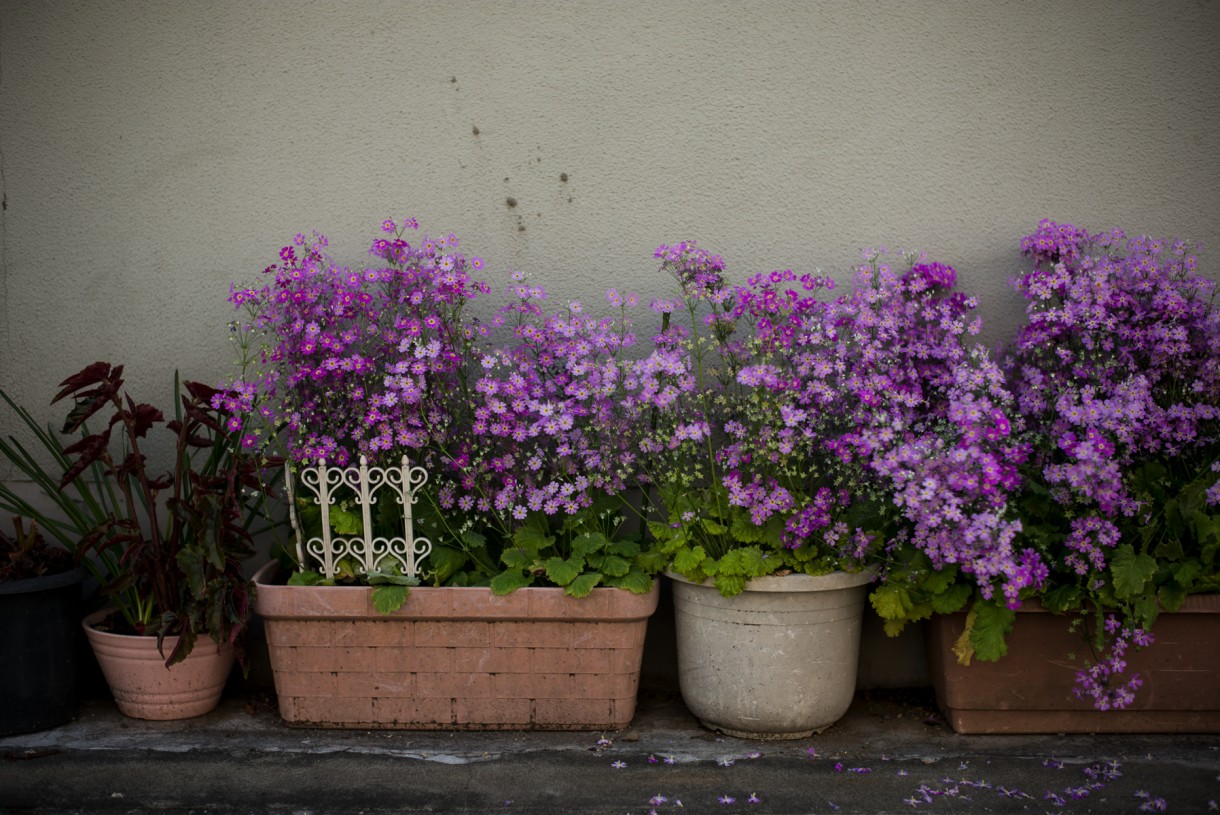
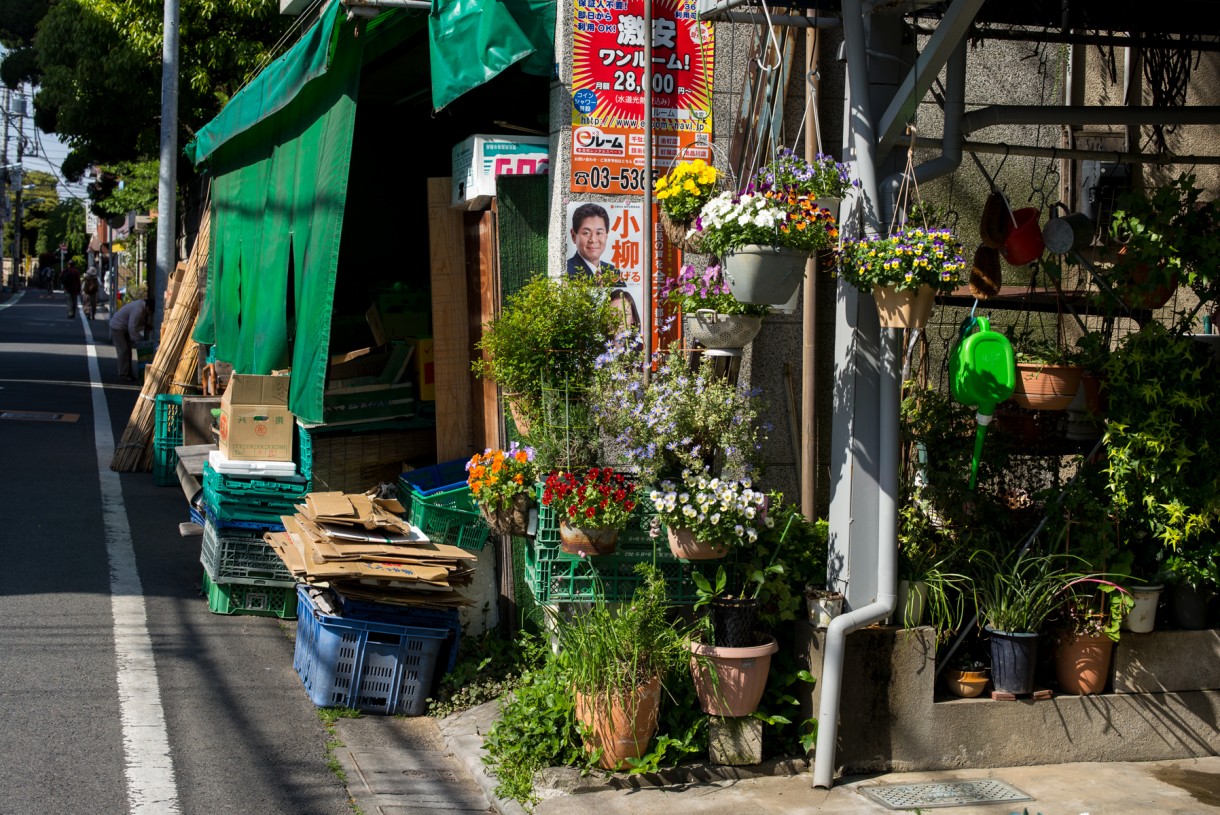
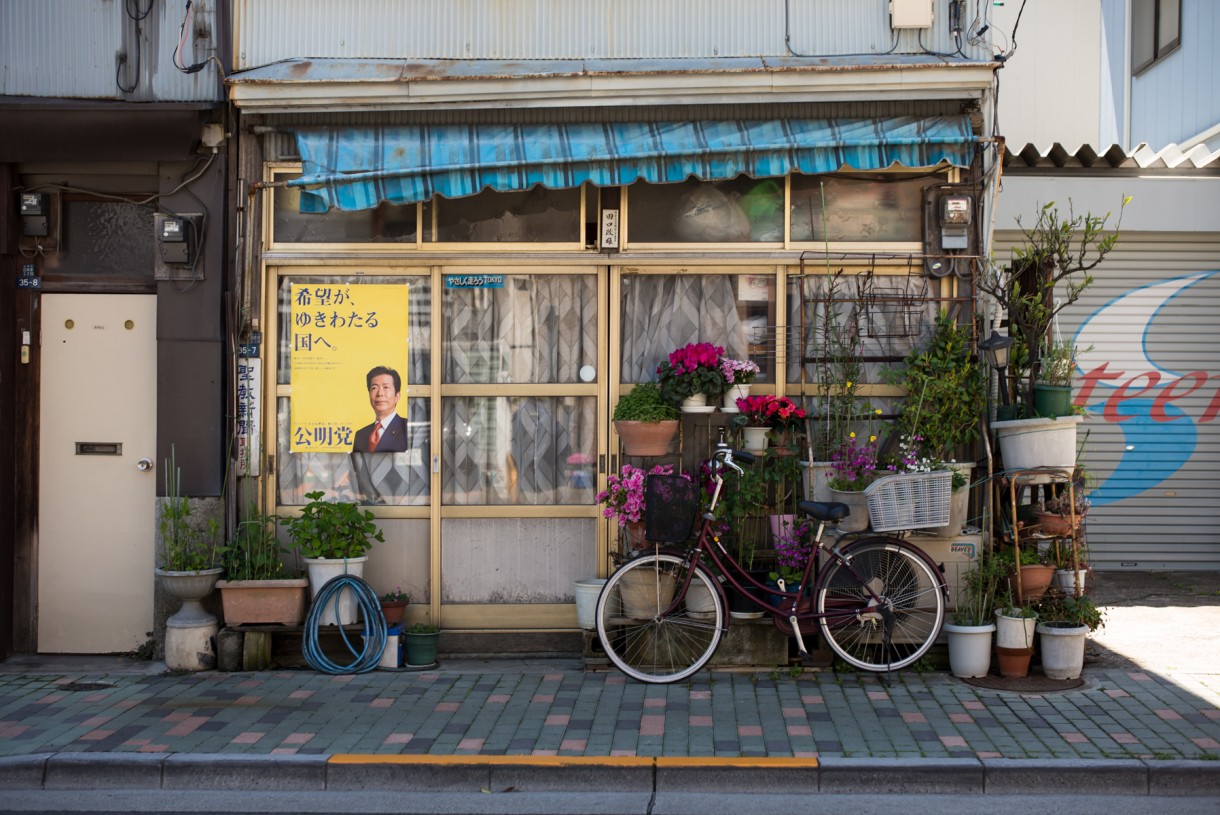
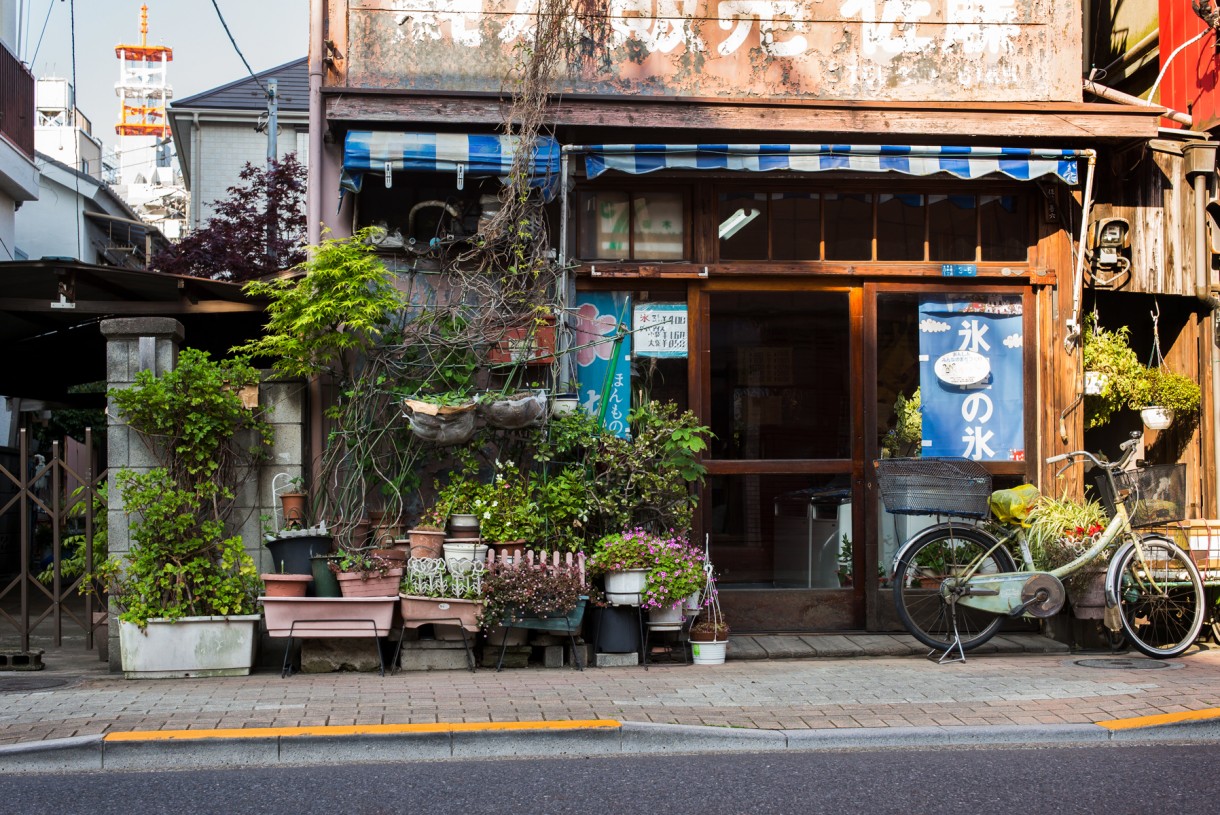
Those who have travelled to Japan have certainly noticed that houses, restaurants, bars, beauty shops, boutiques, even grocery stores and apartment blocks are usually surrounded by rows of flower pots, carefully arranged in front of the house or all around, as genuine vegetal palisades. Most of the time, the flowers lay directly on the sidewalk, symbolically and gently separating personal space from public space, but at the same time connecting them. Their bonding powers are stronger than the dividing ones, as the flowers can be a medium of interaction between passersby and owners, as well as between neighbors.
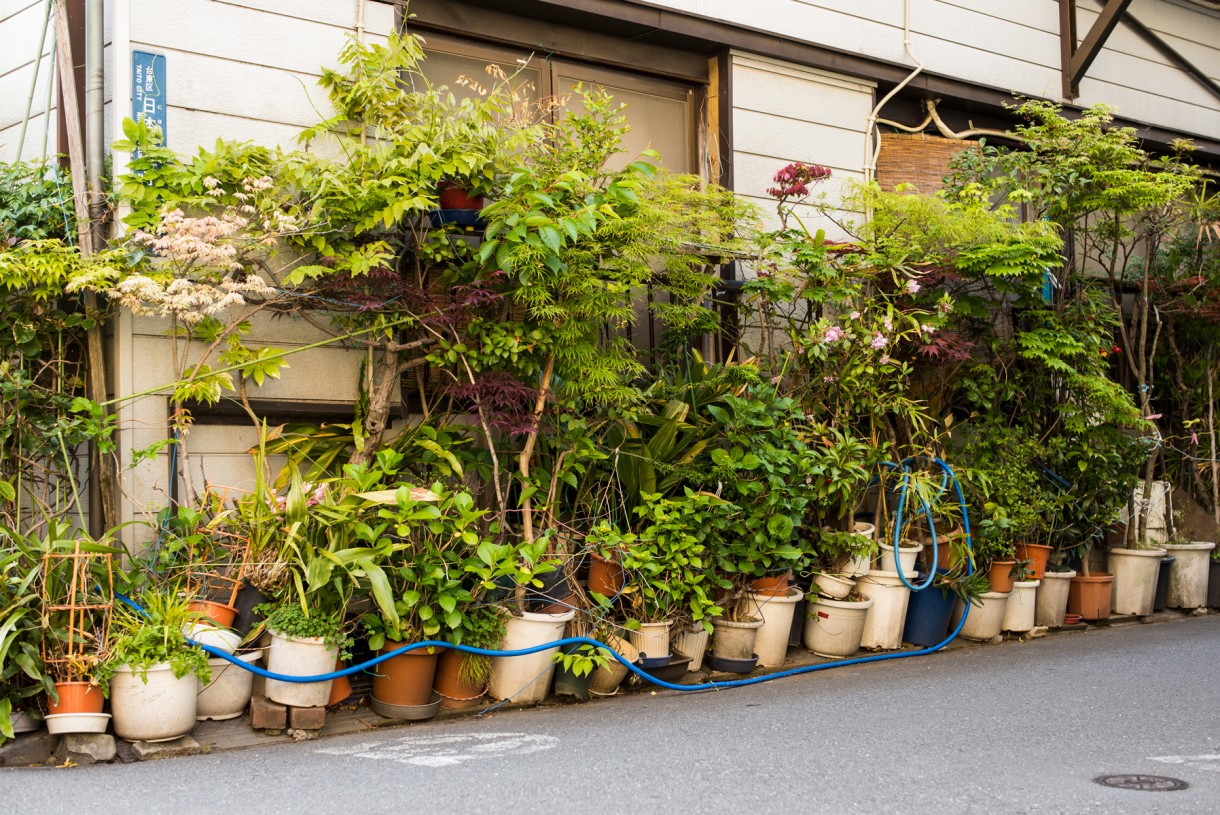
The species, the cultivars, the pot sizes and materials are diligently selected by the garden’s owner. The gardens reflect the personality and tastes of their owners, in the same way that a house’s color and architecture do. Flowers are well taken care of: they are watered, hoed and weeded on a daily basis. The pots are sometimes fastened with thin ropes, so that the wind doesn’t bring them down. Although nothing is random in a Japanese flower garden, the very fact that flowers lay on the sidewalk exposes them to hasard and fortuity, to the change of seasons and weather caprices, giving them a life of their own.
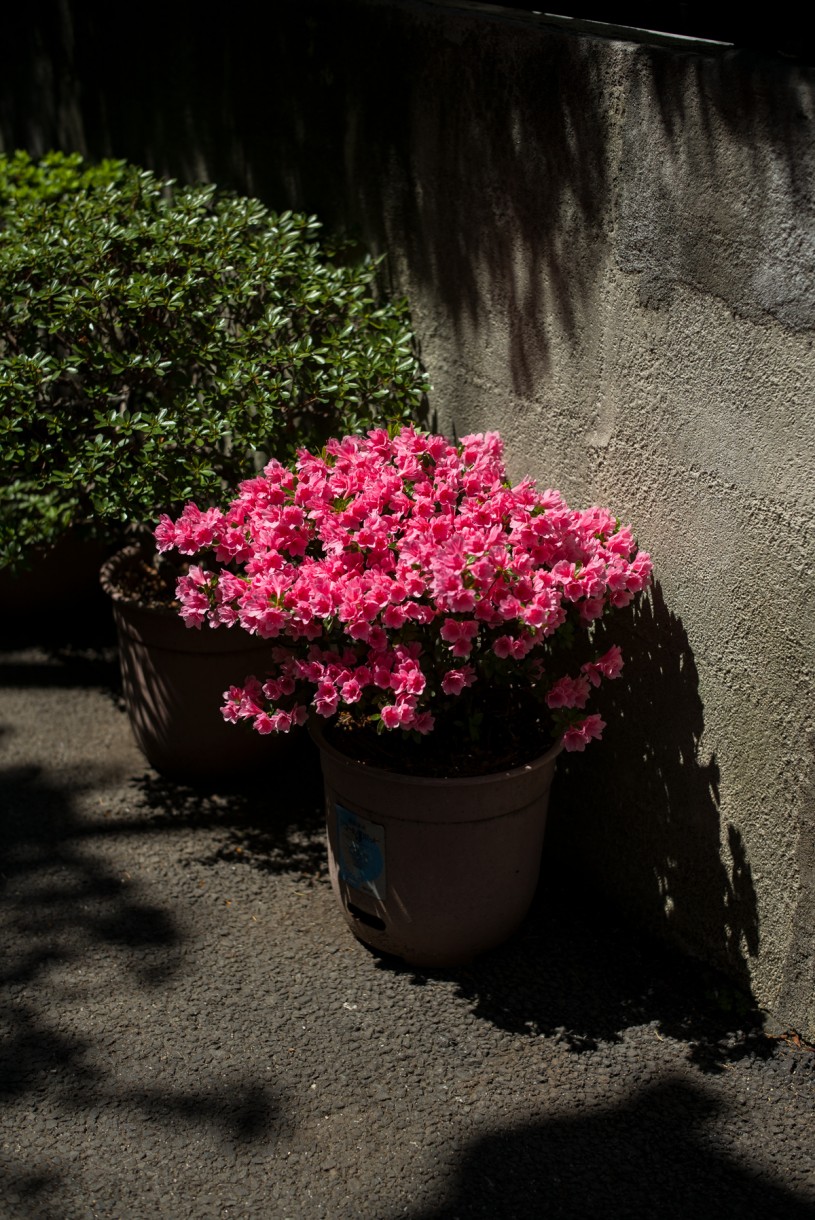
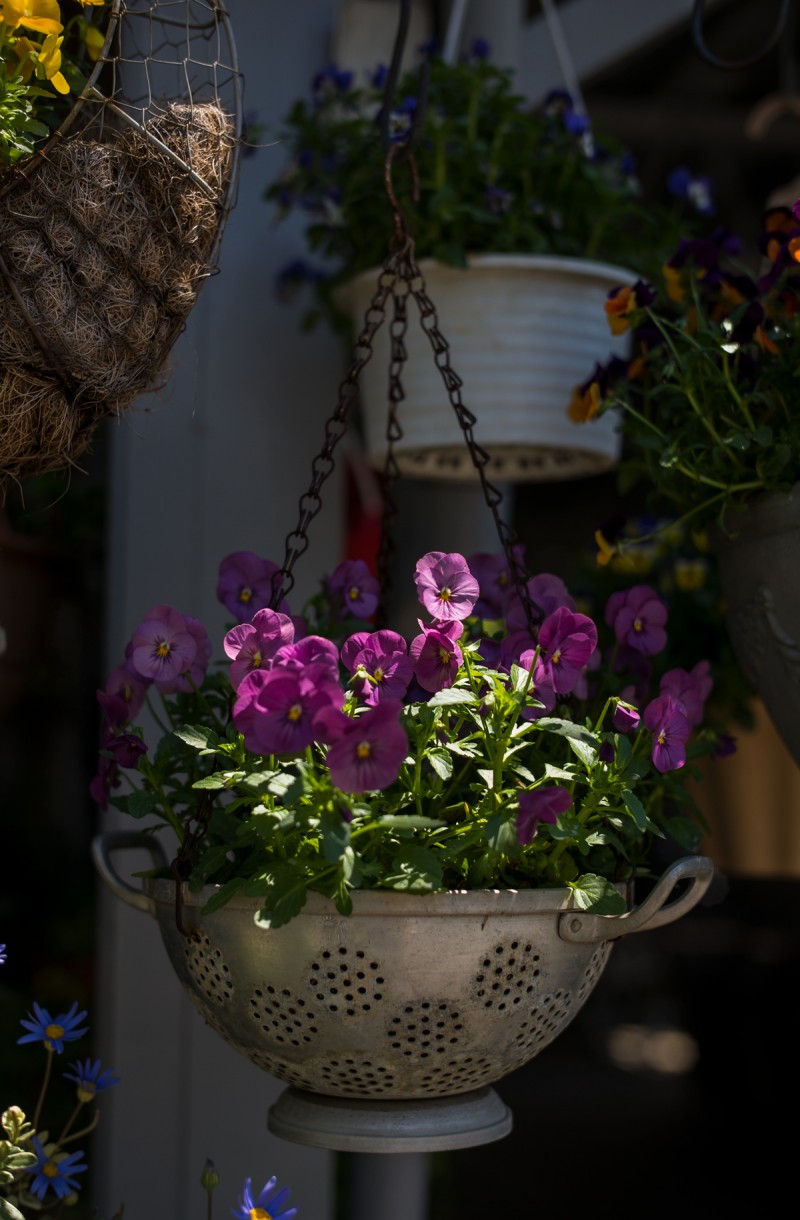
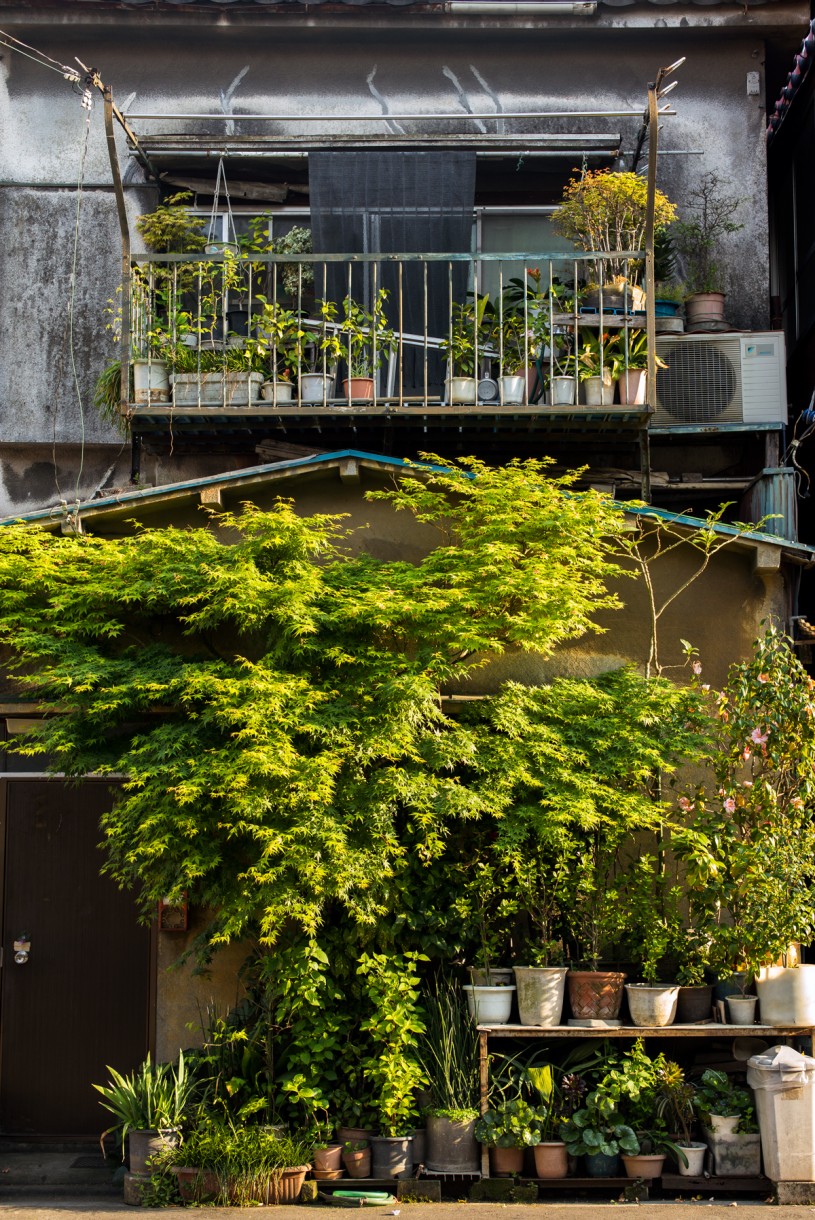
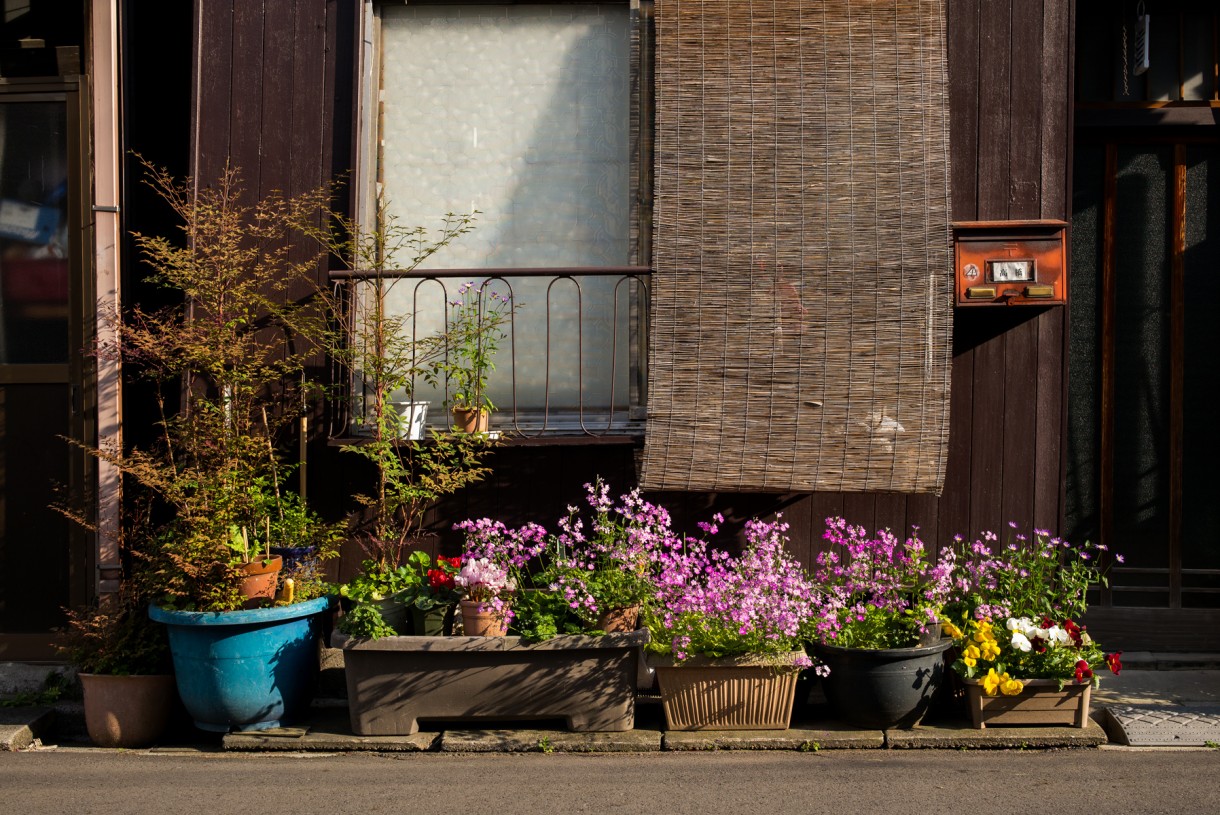
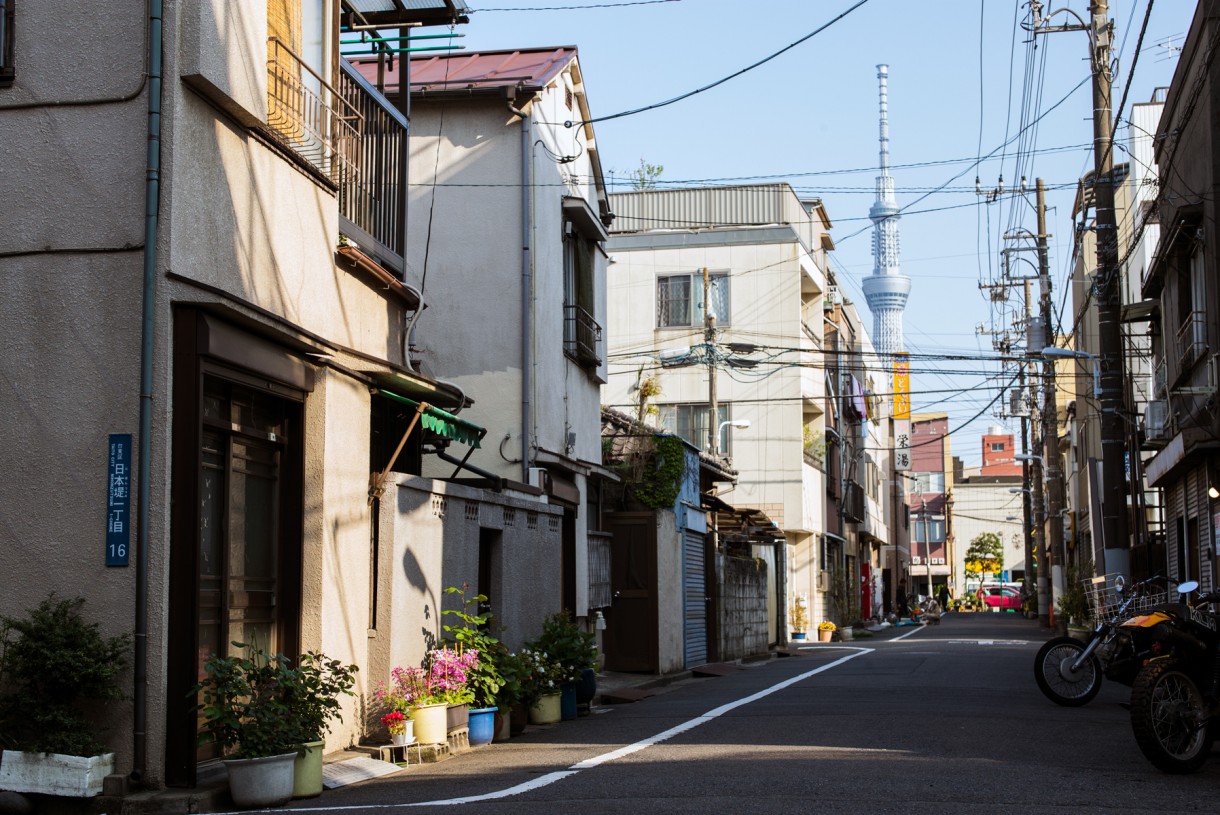
Beyond the undeniable aesthetic quality of hachi-ue, they meet a higher spiritual purpose, deeply rooted in the Shinto and Buddhist beliefs: they nurture the connection between people and nature, they work as reminders of the seasons and of the life cycles, rooting the human being in a bigger universe than the one of their immediate street.
Note: Most of the pictures have been taken in some of the oldest residential Tokyo neighborhoods (Yanaka and Asakusa). Others have been taken in smaller cities such as Tanabe and Kagoshima.
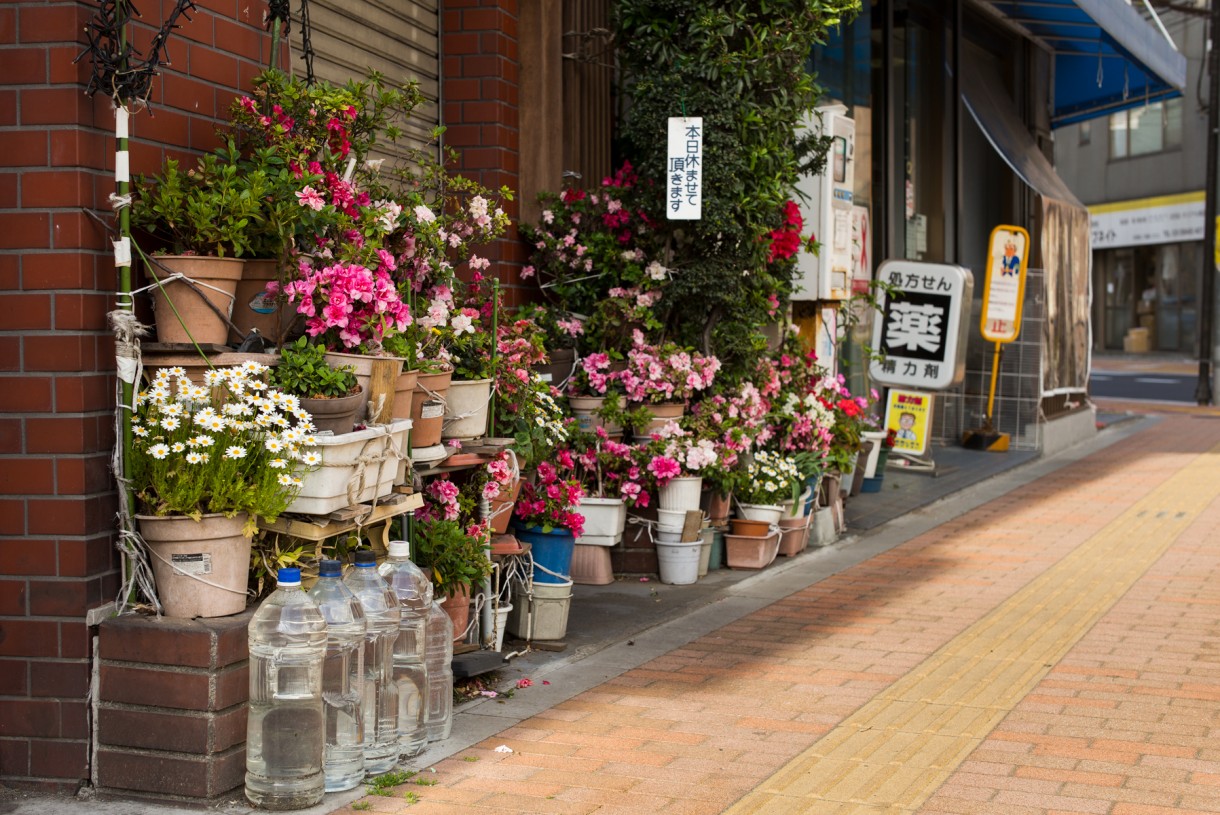
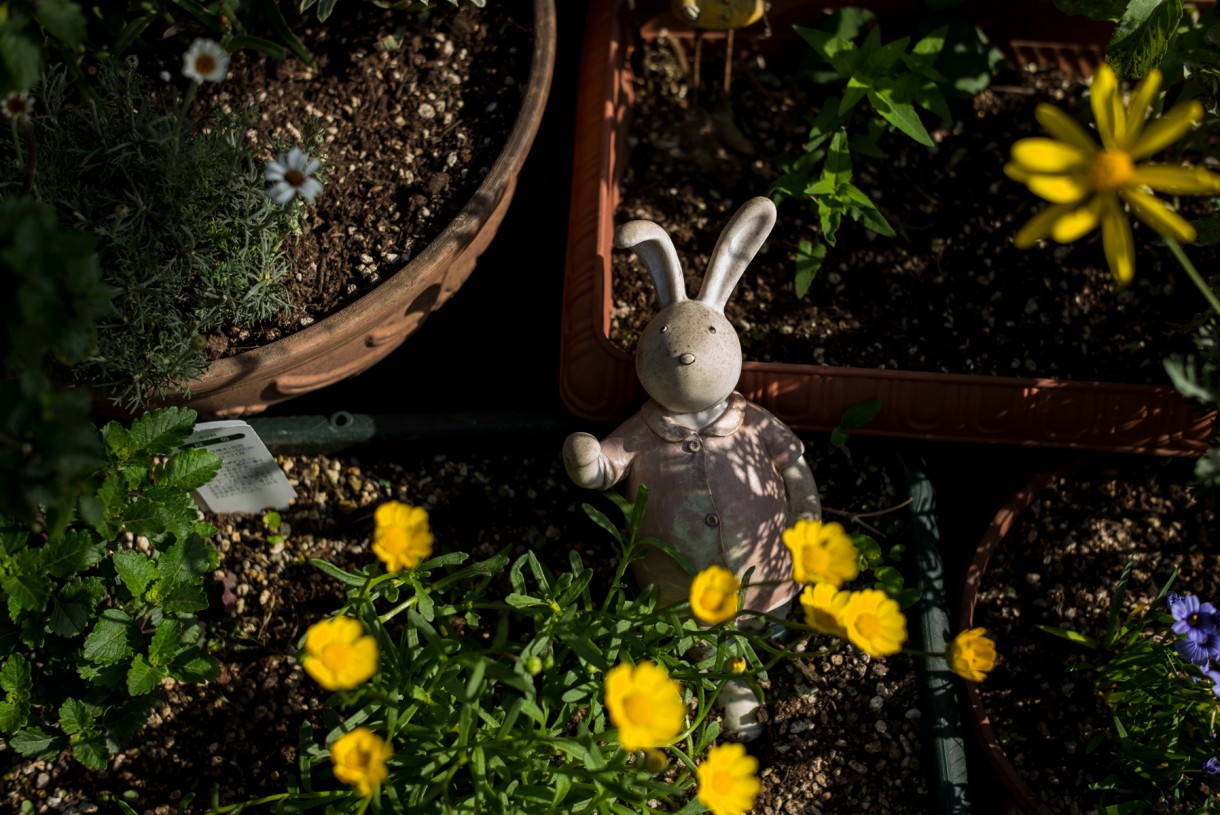
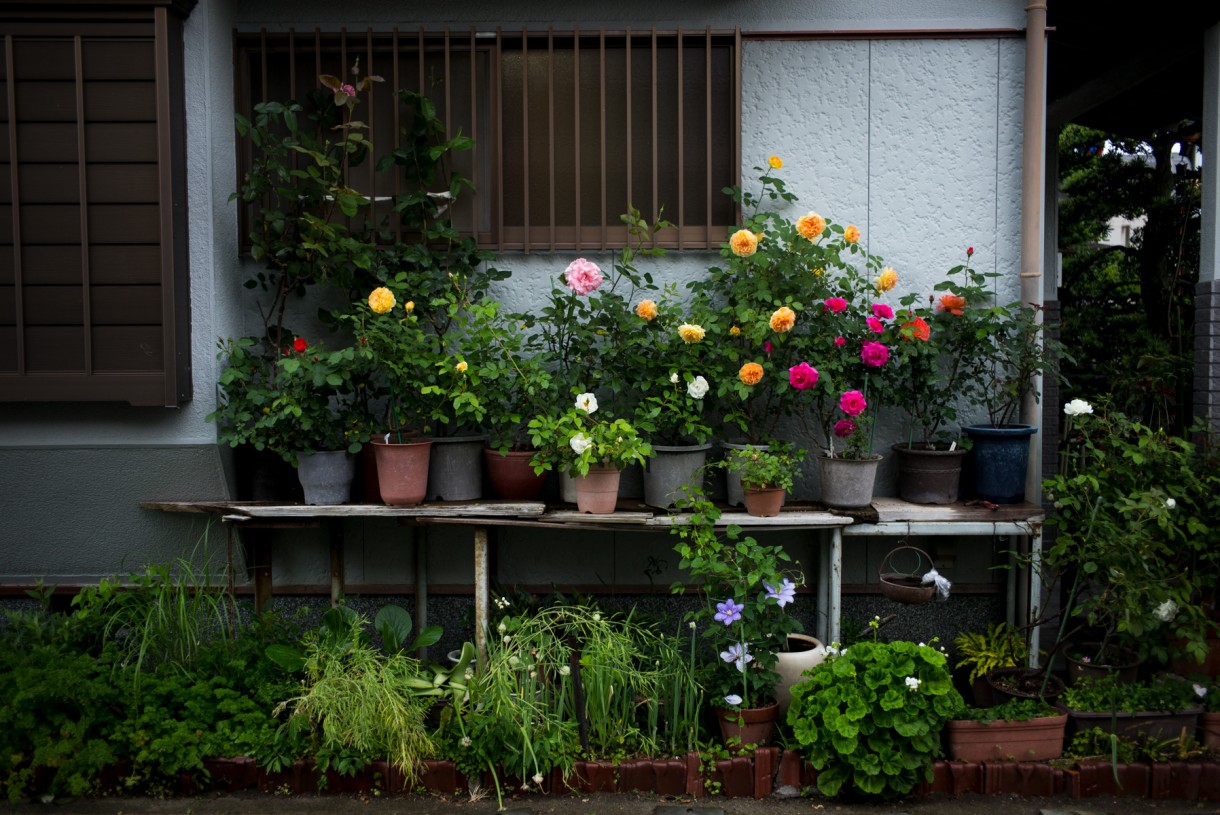

External link:
Charlotte Fauve's article about hachi-ue on Détente Jardin magazine.
© Faurar